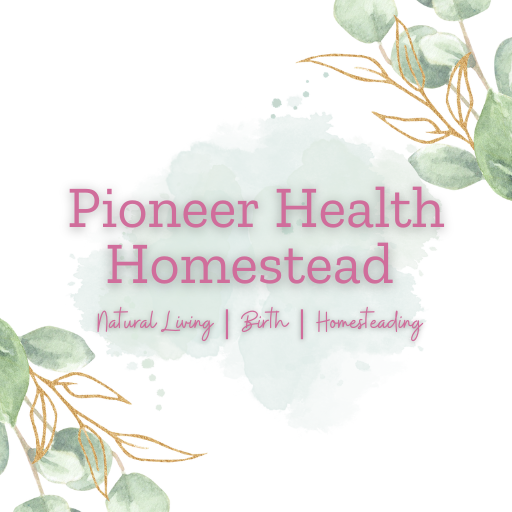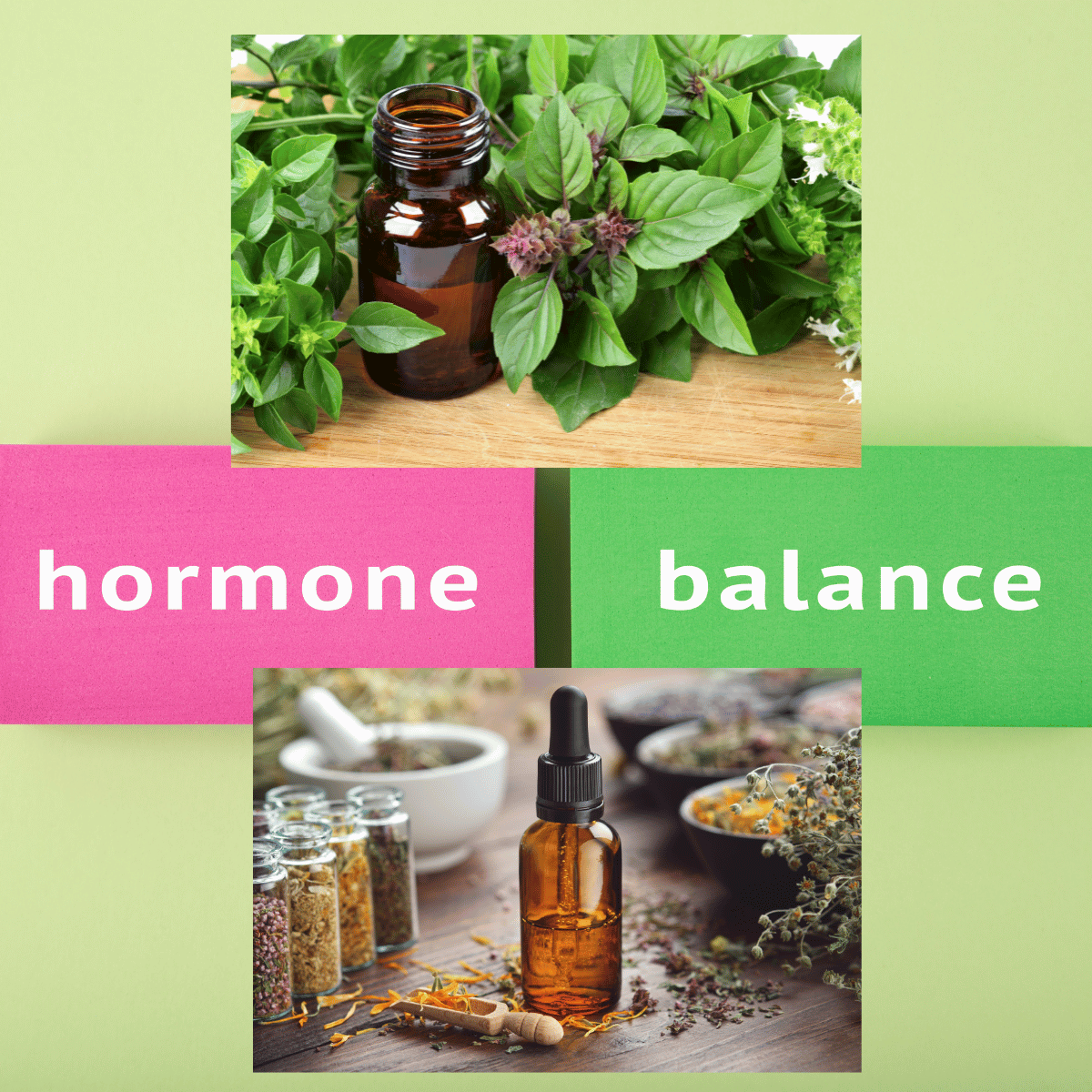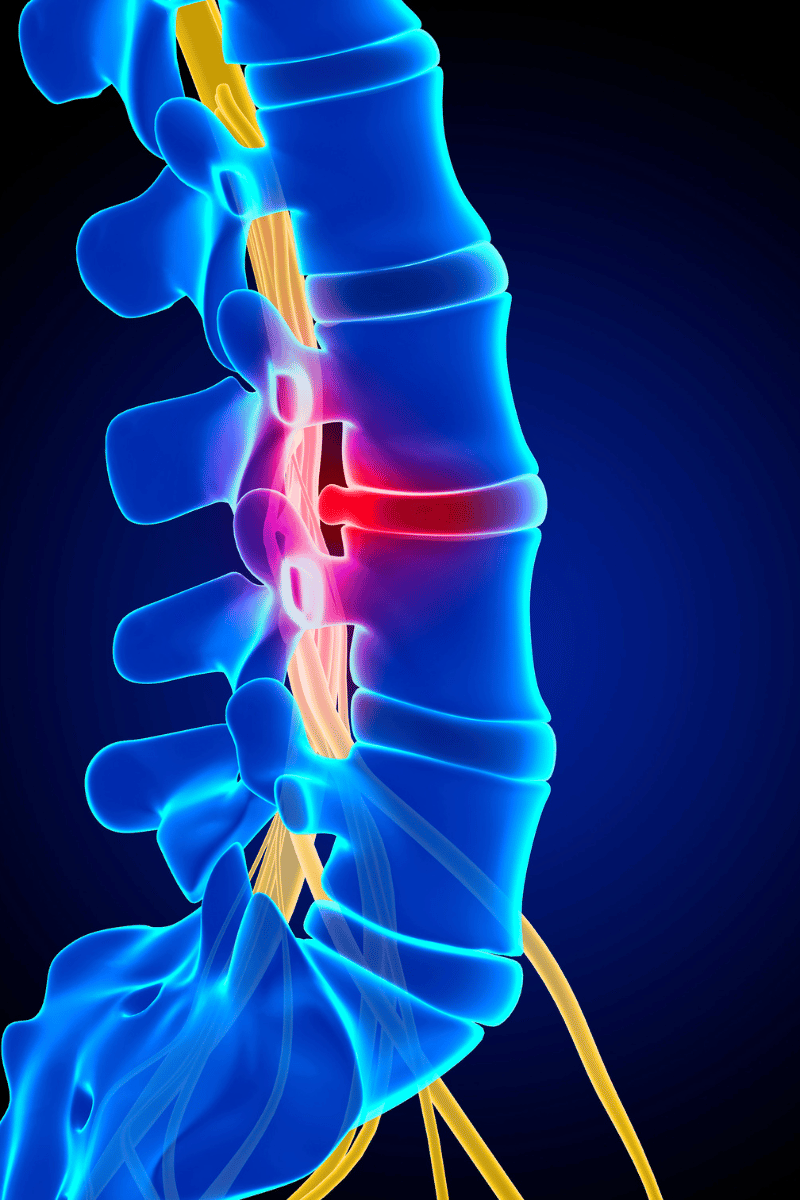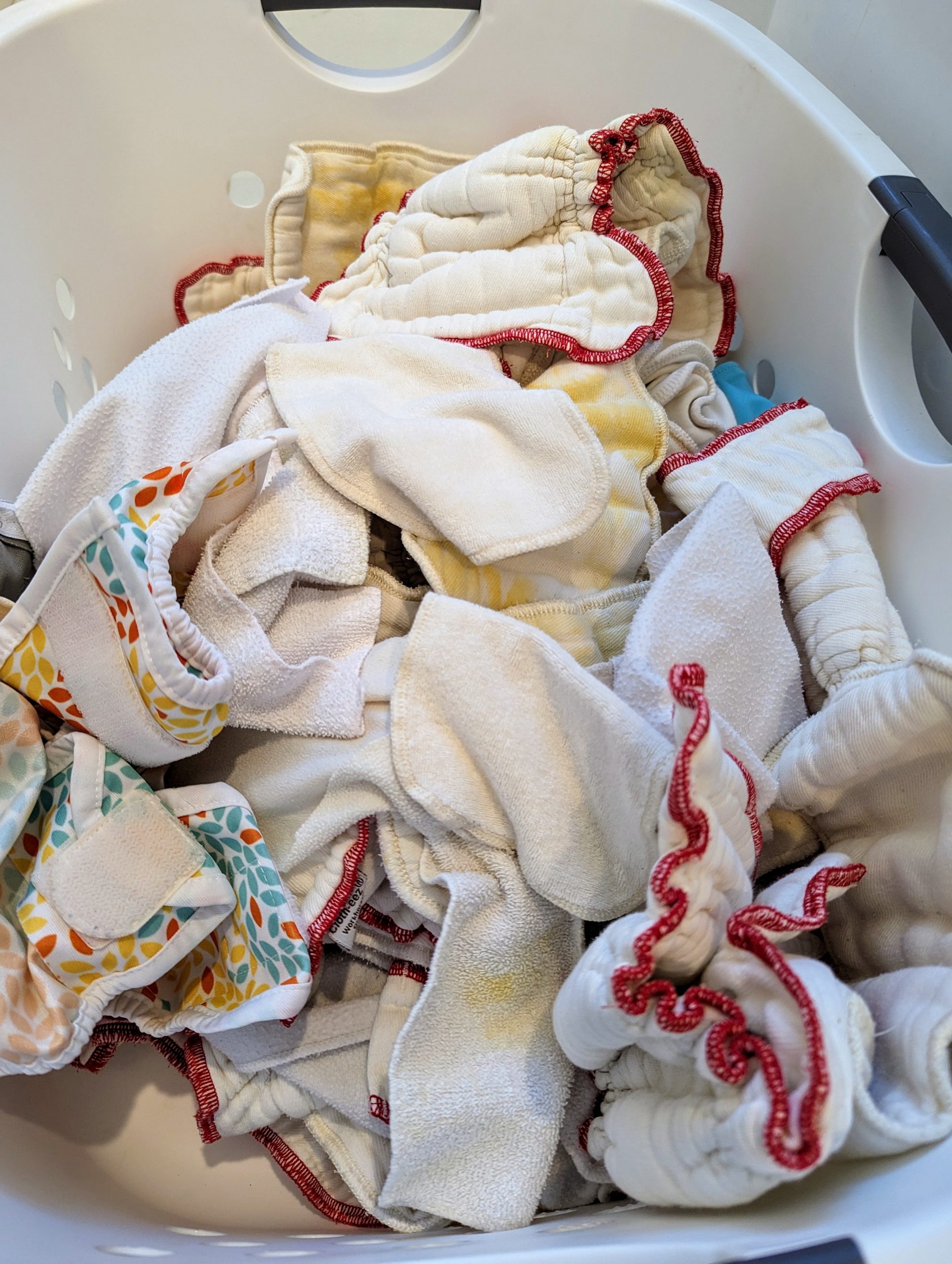Best Herbs for Mastitis: Natural at Home Treatment
Herbs for mastitis can be a lifesaver for breastfeeding mothers dealing with the painful inflammation of breast tissue. Mastitis, often accompanied by symptoms like breast pain, swelling, redness, and flu-like symptoms, can significantly disrupt the breastfeeding experience. Natural remedies, including various herbs, offer a gentle and effective way to manage these symptoms, reduce inflammation, and support overall breast health. In this blog, we’ll explore a range of natural solutions—from herbal treatments and essential oils to practical home remedies—to help you manage mastitis naturally and effectively.

Brief Overview of Mastitis
Mastitis is an inflammation of the breast tissue that can result in infection. It is most commonly experienced by breastfeeding mothers, typically within the first few weeks postpartum. The condition can cause a range of uncomfortable symptoms, including breast pain, swelling, warmth, and redness in the affected area. Many women also experience flu-like symptoms such as fever, chills, and body aches. Mastitis can disrupt milk flow, leading to issues with milk supply and causing significant discomfort, making it crucial to address the condition promptly.
Importance of Natural Remedies for Managing Symptoms
While medical treatments for mastitis are available and often necessary in severe cases, many mothers seek natural remedies to alleviate symptoms and support their healing process. Natural remedies can offer gentle and effective relief without the potential side effects associated with some medications. Herbal treatments, essential oils, and home remedies can help reduce inflammation, soothe pain, and improve milk flow. By incorporating these natural methods, mothers can often manage mastitis more comfortably while continuing to breastfeed their babies.
Aim of the Blog on Herbs for Mastitis
The goal of this blog is to provide comprehensive and practical information on managing mastitis using natural remedies. We aim to educate and empower mothers with knowledge about various herbs and holistic approaches that can aid in their recovery. This blog will cover multiple topics, from understanding the causes and symptoms of mastitis to exploring specific herbs and home remedies that can offer relief. By offering actionable advice and compassionate support, we hope to help mothers navigate the challenges of mastitis with confidence and ease.
What is Mastitis?
Definition and Common Symptoms
What is Mastitis?
Mastitis is an inflammation of the breast tissue, most commonly occurring in breastfeeding mothers. This condition can cause significant discomfort and sometimes debilitating symptoms that require prompt attention.
Breast Pain
One of the most common signs of mastitis is breast pain. This pain is often described as a sharp or throbbing sensation in the affected breast, making it difficult for mothers to continue breastfeeding comfortably.
Inflammation of the Breast
Inflammation is a hallmark of mastitis. The affected breast may exhibit swelling, warmth, and redness in a localized area, contributing to the overall discomfort and pain associated with the condition.
Flu-like Symptoms
Mastitis often comes with flu-like symptoms, including general malaise, body aches, chills, and fever. These symptoms can be quite severe, with body temperatures sometimes exceeding 101°F (38.3°C).
Sore Breast
In addition to the general pain and inflammation, a sore breast is a frequent complaint among those suffering from mastitis. The tenderness and discomfort can make the breast painful to touch or move, further complicating breastfeeding efforts.
High Fever
A high fever is another common symptom of mastitis, indicating the presence of an infection. This fever can be quite high, adding to the overall feeling of illness and requiring careful monitoring.
Save for Later!
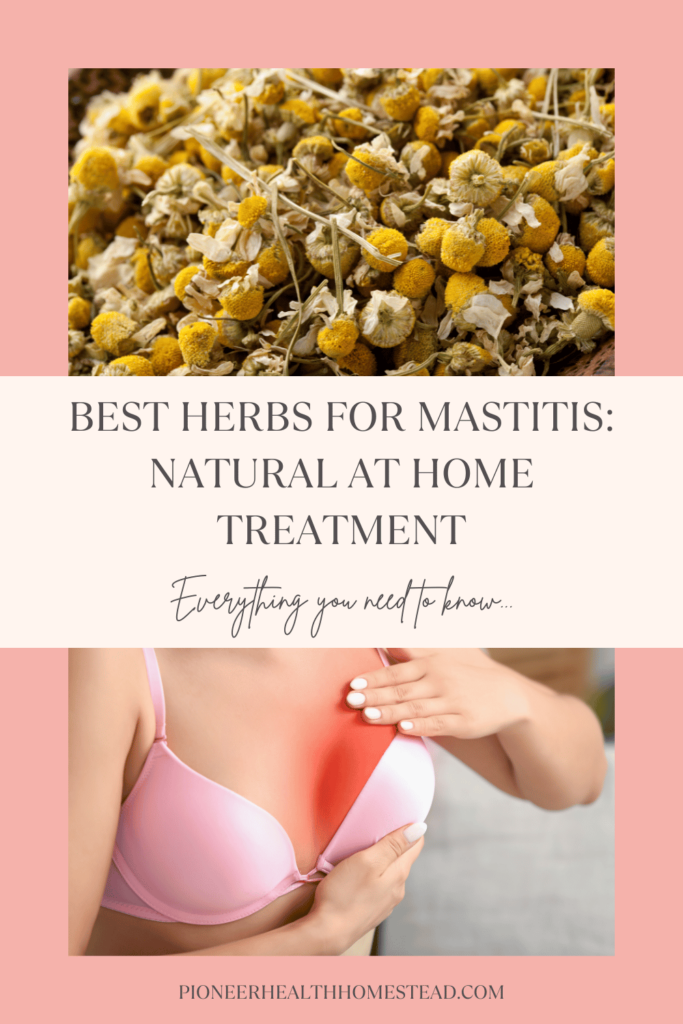
Main Causes of Mastitis
Blocked Milk Duct
One primary cause of mastitis is a blocked milk duct. This occurs when a milk duct becomes clogged, causing milk to back up and leading to pressure and inflammation. Factors contributing to this blockage can include incomplete emptying of the breast, tight clothing, or stress.
Bacterial Infection
Another common cause of mastitis is a bacterial infection. This often arises from cracked or sore nipples, which allow bacteria from the baby’s mouth to enter the breast tissue. The most common bacterium responsible for these infections is Staphylococcus aureus. Once bacteria enter the breast tissue, they multiply quickly in the milk, leading to infection and significant discomfort.
Impact on Milk Flow and Milk Supply
Hindered Milk Flow
The inflammation and blocked ducts associated with mastitis can significantly hinder milk flow. This makes breastfeeding difficult and often painful, which can lead to engorgement and further pain. Effective milk flow is essential for both the baby’s nutrition and the mother’s comfort.
Reduced Milk Supply
Persistent or severe mastitis can also affect the overall milk supply. The body may produce less milk due to the stress and pain associated with the infection, impacting the baby’s ability to feed adequately.
Breastfeeding Challenges
The pain and discomfort caused by mastitis can make breastfeeding challenging. This often leads to reduced frequency and duration of nursing sessions, which further impacts milk production. Understanding these aspects of mastitis is crucial for effective management and treatment, helping mothers take proactive steps to alleviate discomfort and maintain a healthy breastfeeding routine.
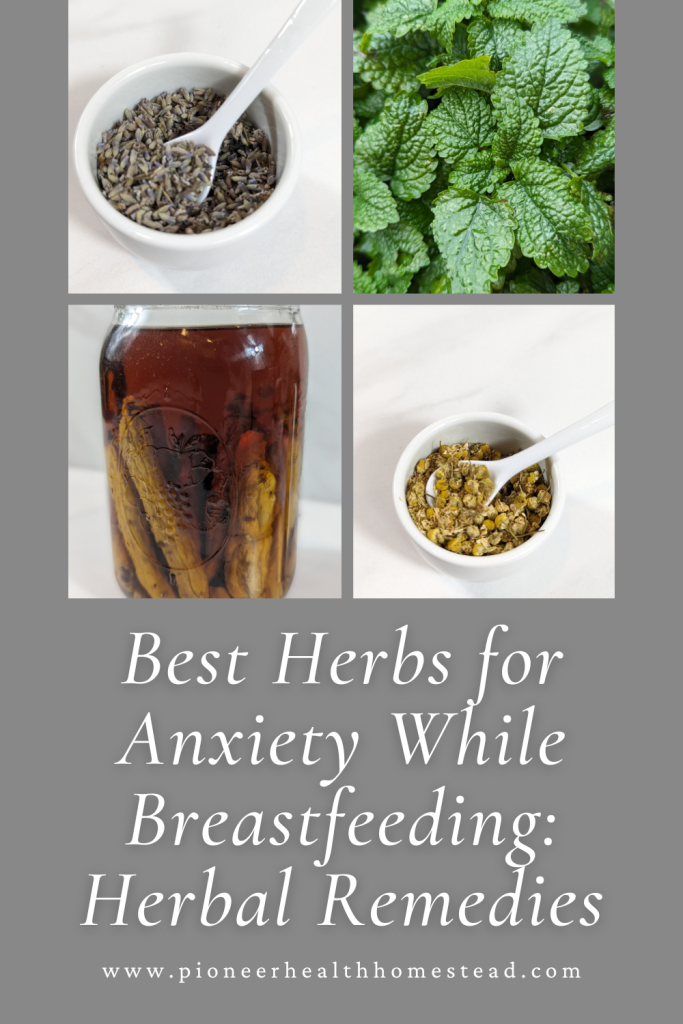
Understanding Milk Ducts and Milk Supply
Milk Ducts and Their Function
Milk ducts are small, tube-like structures in the breast that transport milk from the alveoli, where it is produced, to the nipple. These ducts play a crucial role in the breastfeeding process, allowing the milk to flow freely from the breast to the baby’s mouth.
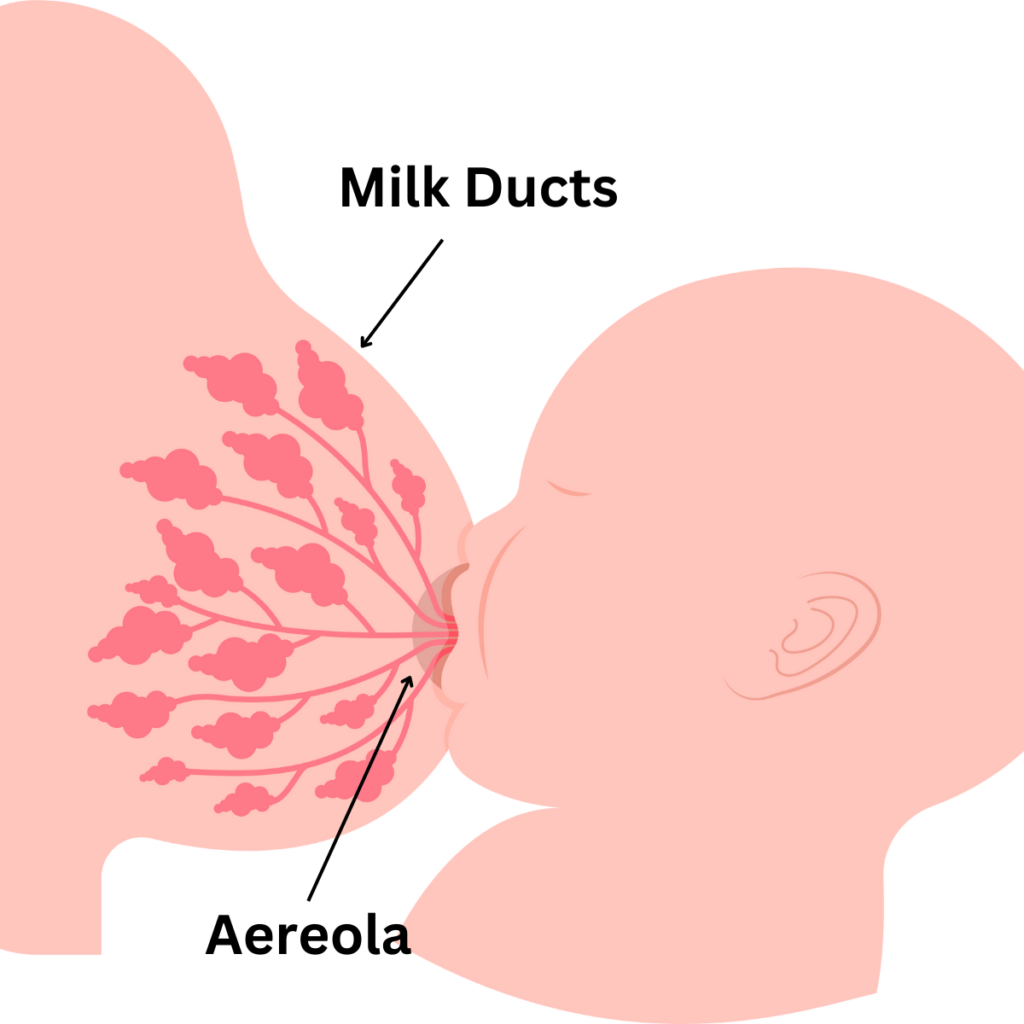
Effects of Clogged and Blocked Milk Ducts
When milk ducts become clogged or blocked, it can lead to painful conditions such as mastitis. A clogged milk duct causes milk to back up, leading to pressure, inflammation, and sometimes infection. This blockage can result from various factors, including improper breastfeeding techniques, infrequent nursing, tight clothing, or stress.
Importance of Maintaining a Good Latch and Proper Breastfeeding Techniques
A good latch is essential for preventing clogged ducts and ensuring efficient milk transfer from the breast to the baby. Proper breastfeeding techniques, such as ensuring the baby’s mouth covers a large portion of the areola, can help prevent issues. Frequent breastfeeding and complete emptying of the breast during each session are also crucial in maintaining milk flow and preventing blockages.
Natural Remedies for Mastitis
Herbs and Herbal Remedies
Benefits of Herbs for Mastitis
Herbs have been relied upon for centuries for their medicinal properties, and they offer effective natural remedies for managing mastitis. These herbs typically contain compounds that possess anti-inflammatory, antimicrobial, and soothing properties, making them valuable in alleviating symptoms associated with mastitis.
Recommended Herbs
Chamomile: Chamomile is widely recognized for its calming and anti-inflammatory effects. Chamomile tea can be consumed orally to promote relaxation and reduce inflammation systemically. Alternatively, cooled chamomile tea bags can be applied topically to the affected breast to soothe pain and swelling.
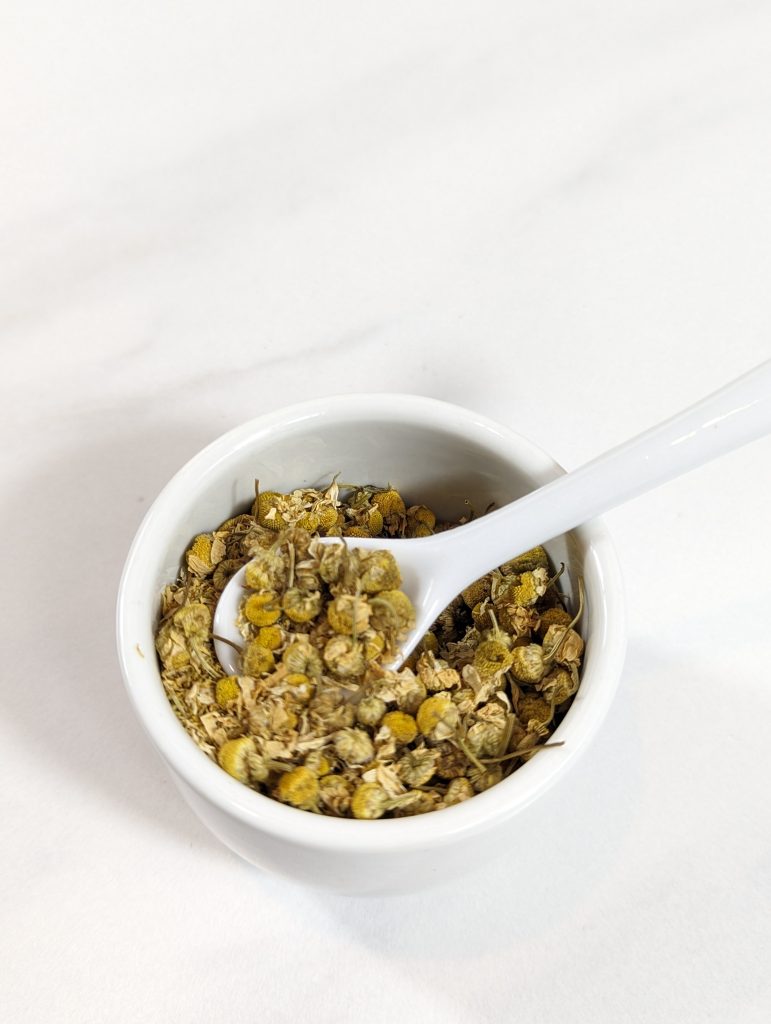
Marshmallow Root: Marshmallow root is known for its mucilaginous properties, which can help soothe irritated tissues. It can be prepared as a warm compress or poultice and applied directly to the affected area to alleviate discomfort and promote healing.
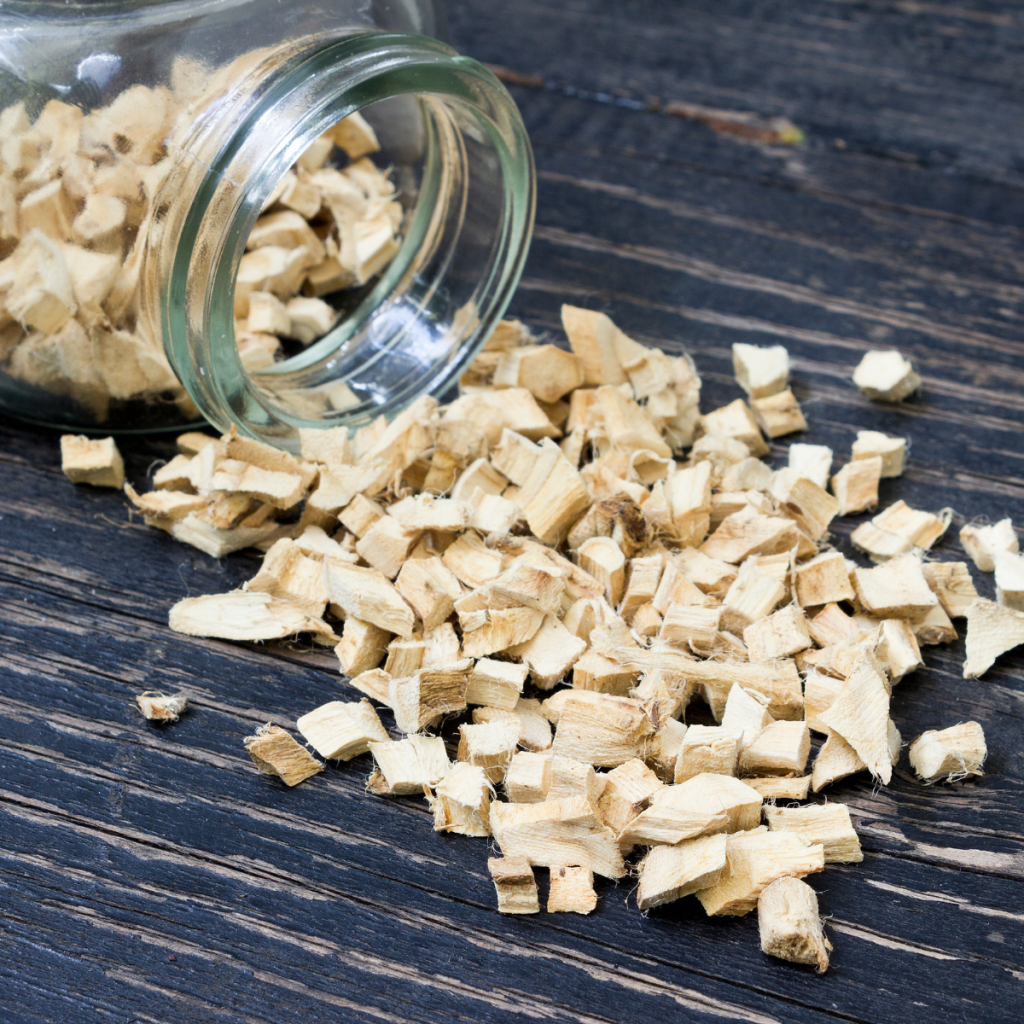
Poke Root: Poke root is potent and should be used cautiously under the guidance of a qualified herbalist or healthcare provider. It is valued for its ability to stimulate lymphatic circulation and reduce inflammation. It can be applied topically in small amounts or used in herbal formulations designed specifically for mastitis treatment.
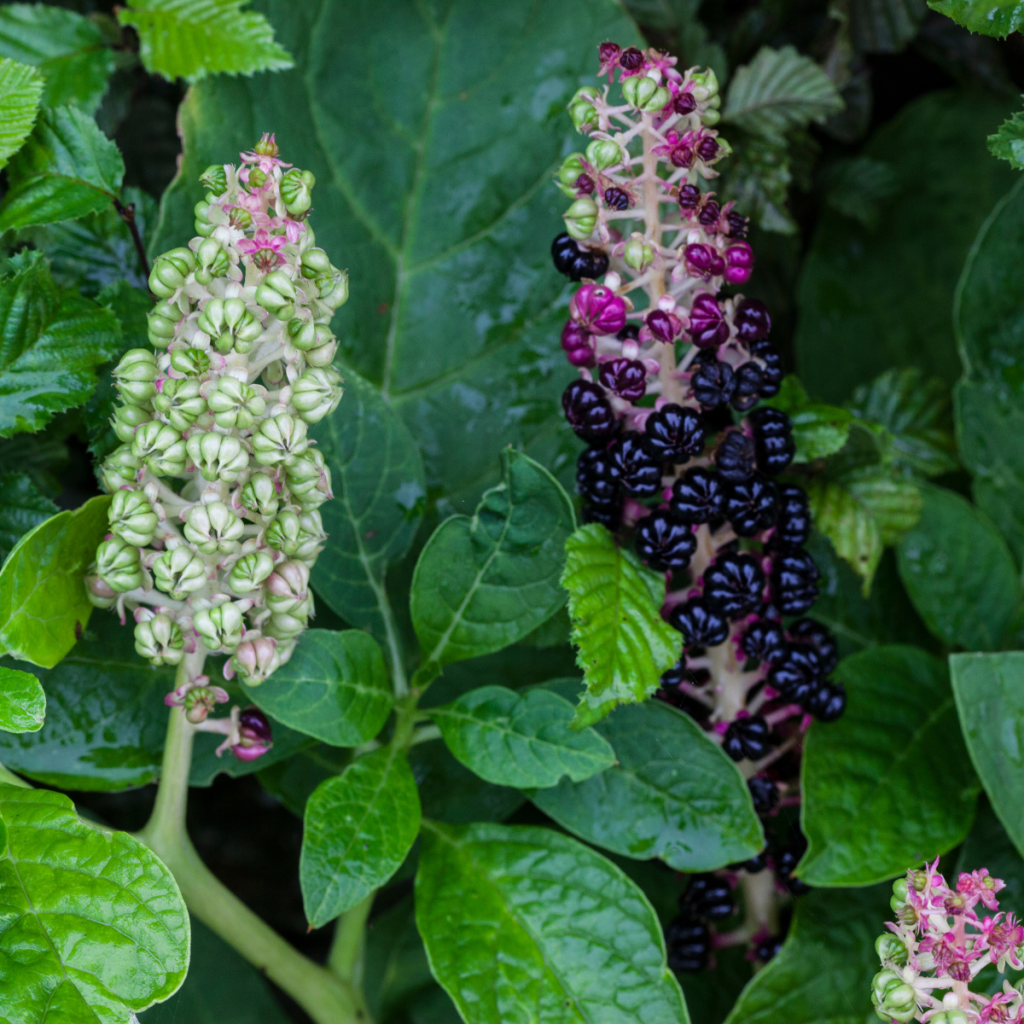
How to Use Herbs Safely
- Preparation: When using herbs for mastitis, it’s essential to prepare them correctly. This may involve steeping them as teas, creating herbal infusions, or preparing topical applications like poultices or compresses.
- Dosage and Application: Follow recommended dosages and application methods specific to each herb. For example, chamomile tea can be consumed throughout the day for systemic relief, while marshmallow root poultices can be applied directly to the breast.
- Consultation: It’s advisable to consult with a qualified herbalist or healthcare provider before using herbs, especially if you are pregnant, breastfeeding, or have underlying health conditions. They can provide personalized guidance on herb selection, dosage, and potential interactions with medications.
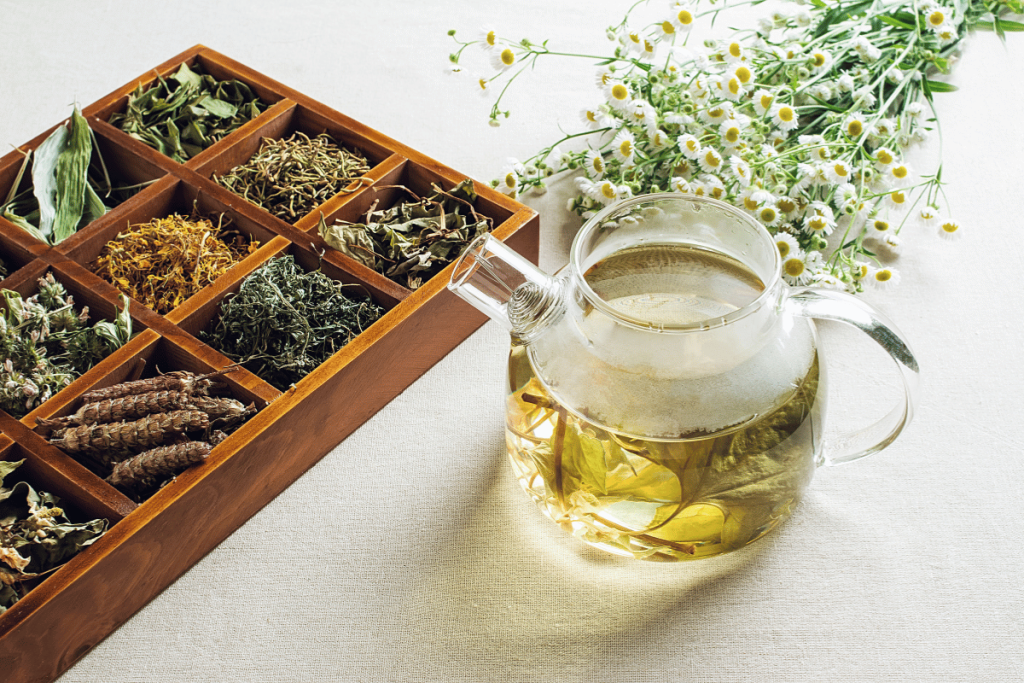
Herbal Remedies to Avoid
- Sage: Sage is known to decrease milk supply and should be avoided by breastfeeding mothers, especially those experiencing mastitis.
- Peppermint: Peppermint can also reduce milk production and should be used sparingly, if at all, during breastfeeding.
- Basil: Basil, particularly basil essential oil, can inhibit lactation and is not recommended for breastfeeding mothers.
Integrating Herbs into Your Routine
By incorporating herbs into your routine under professional guidance, you can harness their natural healing properties to manage mastitis effectively. Whether used internally as teas or externally as poultices, herbs provide a gentle yet potent approach to easing discomfort and supporting overall breast health. Always prioritize safety and consult with healthcare professionals to ensure the herbs chosen are suitable for your individual needs and circumstances.
Herbal Treatments and Extracts
Herbal treatments often utilize extracts that contain active ingredients beneficial for reducing inflammation and supporting the immune system. These treatments can be applied directly to the affected area or taken orally, depending on the herb and the desired effect.
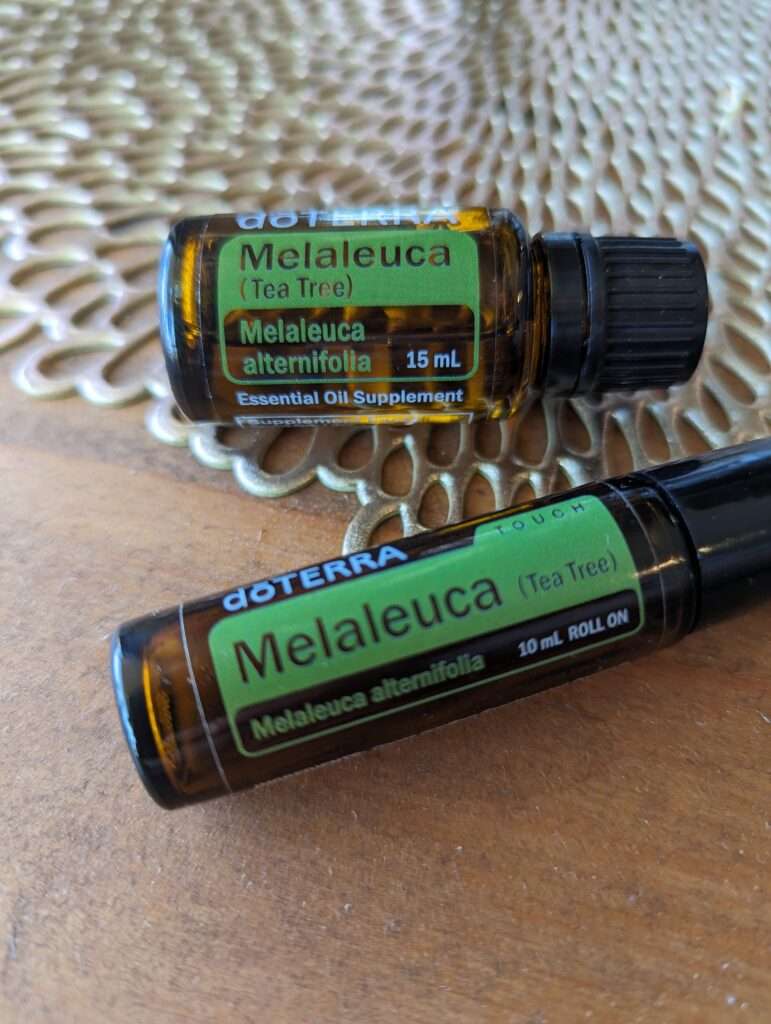
Benefits of Essential Oils for Mastitis
Essential oils can provide significant relief from mastitis when used correctly. These oils have anti-inflammatory, antibacterial, and soothing properties that can help alleviate pain, reduce inflammation, and support overall breast health.
Recommended Essential Oils
Certain essential oils are particularly effective for managing mastitis symptoms:
- Lavender Oil: Known for its calming and anti-inflammatory properties, lavender oil can help reduce pain and inflammation when applied to the affected area.
- Tea Tree Oil: This oil has strong antibacterial and antifungal properties, making it effective in combating bacterial infections. However, it should be used in very small amounts and always diluted due to its potency.
- Chamomile Oil: Chamomile oil is soothing and anti-inflammatory, providing relief from pain and swelling associated with mastitis.
- Peppermint Oil: While commonly known for its cooling sensation, peppermint oil should be used with caution as it can reduce milk supply. It is best used in very small amounts and not directly on the nipples.
- Eucalyptus Oil: With its anti-inflammatory and decongestant properties, eucalyptus oil can help reduce swelling and clear blocked ducts.

How to Use Essential Oils Safely
Using essential oils safely is crucial to avoid skin irritation or adverse reactions. Here are some guidelines:
- Dilution: Essential oils should always be diluted with a carrier oil, such as olive oil, coconut oil, or sweet almond oil. A typical dilution ratio is 1-2 drops of essential oil per tablespoon of carrier oil.
- Patch Test: Before applying any essential oil, perform a patch test by applying a small amount of the diluted oil to a small area of skin to check for any allergic reactions.
- Application: Gently massage the diluted oil into the affected area, avoiding direct application to the nipple to prevent ingestion by the baby. Use gentle, circular motions to help improve circulation and reduce inflammation.
- Frequency: Apply the essential oil mixture 1-2 times a day, or as needed, to manage pain and inflammation. Overuse can lead to skin irritation or sensitization.
Essential Oils to Avoid
While some essential oils can be beneficial, others should be avoided due to their potential adverse effects on breastfeeding or the baby’s health:
- Peppermint Oil: As mentioned, peppermint oil can reduce milk supply and should be used with caution.
- Sage Oil: Sage oil is known to decrease milk supply and should be avoided by breastfeeding mothers.
- Basil Oil: Basil oil can also reduce milk production and is not recommended for use during breastfeeding.
- Wintergreen Oil: This oil contains high levels of methyl salicylate, which can be toxic if ingested and should be avoided.
By carefully selecting and using essential oils, mothers can find natural relief from mastitis symptoms while maintaining safe breastfeeding practices. Always consult with a healthcare provider or a certified aromatherapist before using essential oils for mastitis to ensure safety and efficacy.
Practical Tips and Home Remedies
Cold Compresses for Relief
Cold compresses are now recommended for relieving inflammation and facilitating milk flow in mastitis management. Applying a cold compress to the affected breast helps reduce swelling, soothe pain, and encourage the flow of milk. This approach can provide immediate relief and comfort, making it easier to manage the symptoms of mastitis effectively.
Avoiding Warm Compresses
Previously recommended warm compresses are no longer advised as they can potentially increase inflammation and discomfort. Cold compresses, on the other hand, effectively calm inflammation and provide relief without exacerbating symptoms. They help in maintaining comfort while promoting healing of the affected breast tissue.
By using cold compresses strategically throughout the day, you can alleviate mastitis symptoms and support recovery naturally. Ensure the compress is not too cold to avoid discomfort, and use it intermittently as needed for optimal relief. Cold compresses offer a gentle and effective method for managing mastitis symptoms, enhancing comfort during the healing process.
Hydration and Diet
Staying hydrated is crucial for overall health and can support recovery from mastitis. Drinking plenty of water helps maintain optimal body function and supports the immune system. Incorporating vitamin C and magnesium supplements into your diet can further boost immunity and aid in reducing inflammation.
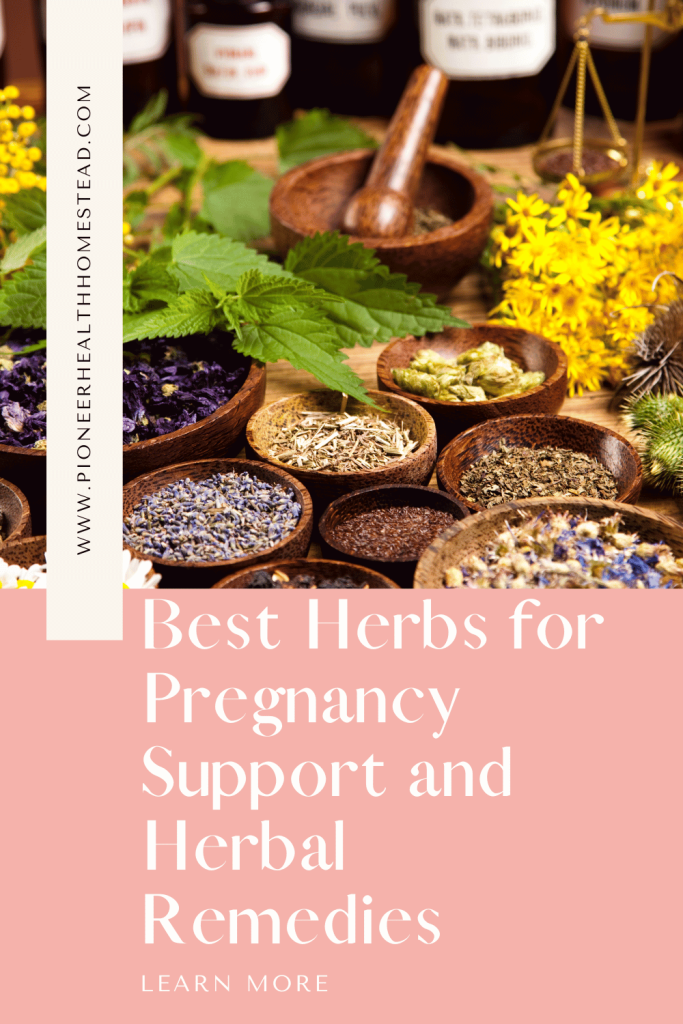
Additional Home Remedies
Several home remedies can provide relief from mastitis symptoms, utilizing natural ingredients and methods:
- Cabbage Leaves: Cabbage leaves can be used as a cold compress to reduce inflammation and discomfort. Chilled cabbage leaves applied to the affected breast can provide soothing relief and help promote healing.
- Raw Honey: Applying raw honey directly to the affected breast can help soothe inflammation and provide antibacterial benefits. Its natural healing properties can support the skin and promote recovery.
- Fresh Grated Potato or Raw White Potato: Both fresh grated potato and raw white potato can be applied as poultices to the affected breast. These natural remedies can help reduce swelling and provide relief from pain.
- Warm Showers: Warm showers can help relax the breast tissue and improve milk flow. The gentle warmth can also alleviate discomfort and promote relaxation, aiding in the management of mastitis symptoms.
- Herbal Tea Bags: Herbal tea bags soaked in warm water can be applied to the affected breast as compresses. The herbal infusion can provide soothing relief and contribute to reducing inflammation.
- Massage Techniques: Gentle massage techniques that aid in lymphatic drainage can help clear clogged ducts and reduce pain. Massaging the affected breast in circular motions towards the nipple can encourage milk flow and alleviate congestion.
Integrating Cold Compresses into Your Routine
By incorporating cold compresses into your mastitis management routine, you can effectively alleviate inflammation and promote milk flow. Ensure the compress is not too cold to avoid discomfort, and use it intermittently throughout the day as needed for relief. Cold compresses offer a gentle and natural approach to managing mastitis symptoms, providing comfort and support during the healing process.
When to Seek Medical Advice

Signs of a Serious Infection
While many cases of mastitis can be managed with natural remedies, it’s important to recognize the signs of a serious infection that require professional medical treatment. High fever, severe pain, and body aches that persist despite home remedies may indicate a need for medical intervention.
Importance of Consulting a Healthcare Provider
If mastitis symptoms persist or worsen, it’s crucial to consult a healthcare provider or lactation consultant. They can offer professional advice, prescribe necessary medications, and help manage symptoms effectively. Delaying medical treatment can lead to more severe complications, so seeking timely advice is essential for a healthy recovery.
Risks of Delaying Medical Treatment
Ignoring or delaying treatment for mastitis can result in severe infections and complications. Prompt medical intervention can prevent the condition from worsening and ensure a quicker recovery. Understanding the risks associated with untreated mastitis highlights the importance of seeking medical advice when necessary.
Lifestyle Tips for Prevention and Management
Balanced Diet and Managing Stress
Maintaining a balanced diet rich in essential nutrients and managing stress effectively can prevent mastitis and support overall health. A diet that includes plenty of fluids, vitamins, and minerals can boost the immune system and promote healing. Managing times of stress through relaxation techniques and adequate rest can also prevent mastitis.
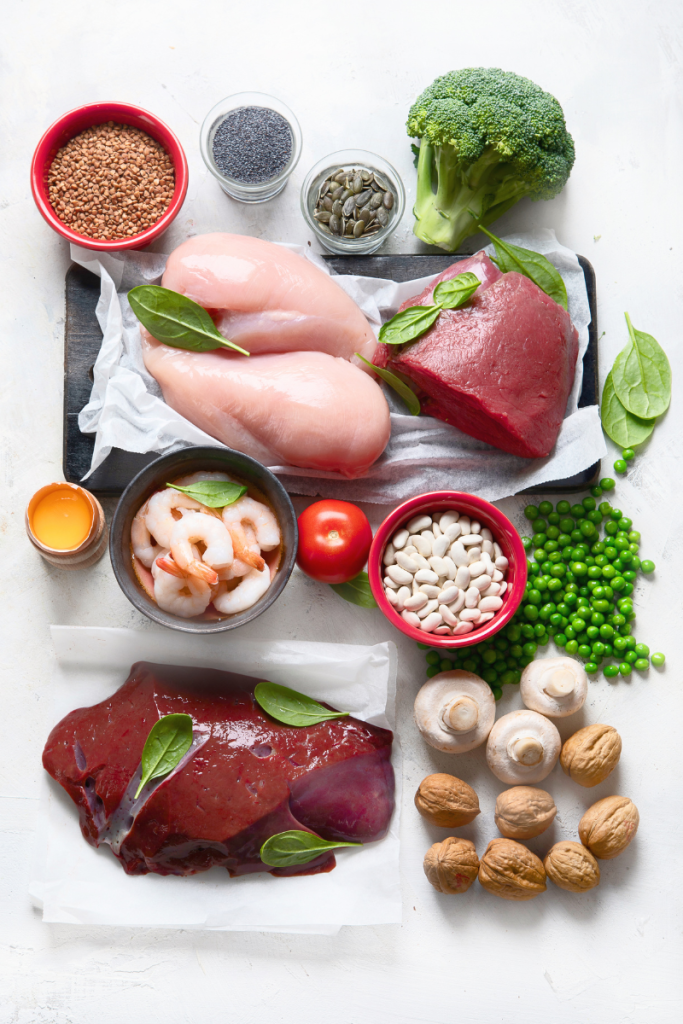
Ensuring a Good Latch and Preventing Postpartum Depression
Ensuring a good latch during breastfeeding is crucial for preventing clogged ducts and mastitis. Proper breastfeeding techniques and regular breast emptying can prevent blockages. Being mindful of mental health and seeking support to prevent postpartum depression can improve overall well-being and reduce the risk of mastitis.
Regular Breast Emptying and Use of a Breast Pump
Regularly emptying the breasts during breastfeeding sessions and using a breast pump when necessary can prevent milk from backing up and causing blockages. This practice helps maintain milk flow and supply, reducing the risk of mastitis. Incorporating these habits into the breastfeeding routine can significantly prevent and manage mastitis.
Overview of Herbs for Mastitis
In summary, mastitis is a common but manageable condition for breastfeeding mothers. Understanding the symptoms, causes, and impact on milk flow and supply is crucial for effective management. Natural remedies, including herbs, essential oils, and practical home treatments, can provide significant relief and support recovery. Recognizing when to seek medical advice and taking proactive steps to prevent mastitis are equally important. By combining natural remedies with professional support, mothers can navigate the challenges of mastitis with confidence and continue their breastfeeding journey comfortably.
Spread the Word on Herbs for Mastitis
We invite you to share your experiences and tips for managing mastitis in the comments section below. For more natural health tips and remedies, subscribe to our blog and stay informed. Explore our related articles on natural remedies and holistic health practices to support your well-being.

Herbalism for Beginners: Comprehensive and Practical Guide
Sharing is caring! Facebook Pinterest Twitter Herbalism for Beginners: Comprehensive and Practical Guide Herbalism for Beginners In this blog post, I will discuss that herbalism for beginners can be a wonderful way to explore the healing power of nature. Herbalism is the practice of using plants for medicinal purposes, and it has been around for…
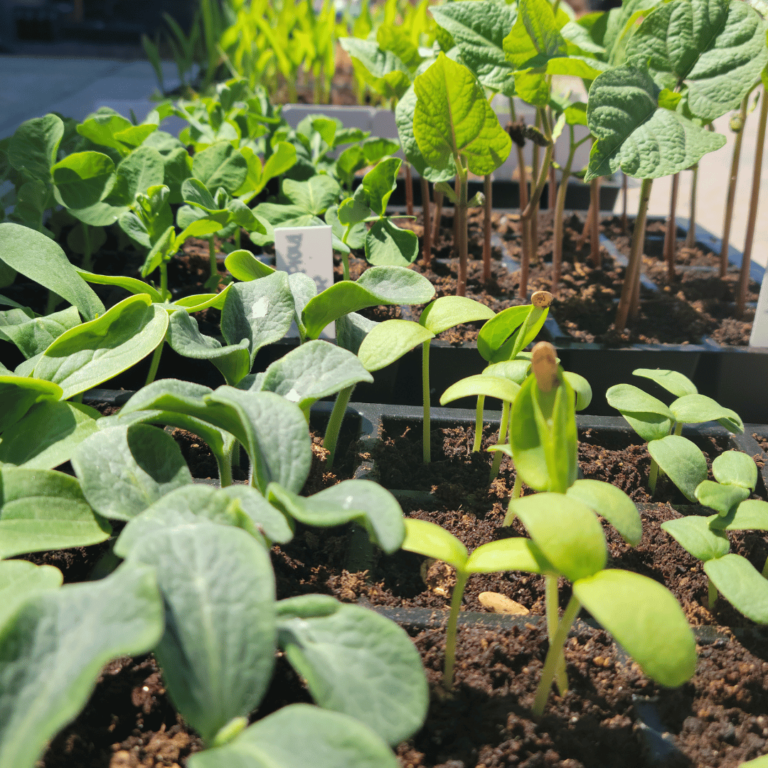
The Best Guide to Starting Seeds Outdoors: Tips and Tricks
The Best Guide to Starting Seeds Outdoors: Tips and Tricks The Joy of Starting Seeds Outdoors Starting seeds outdoors is a rewarding way to launch your gardening journey. Few things compare to watching a garden grow from seeds you planted yourself. With each sprout, there’s a new feeling of accomplishment. Growing from seed lets you care…
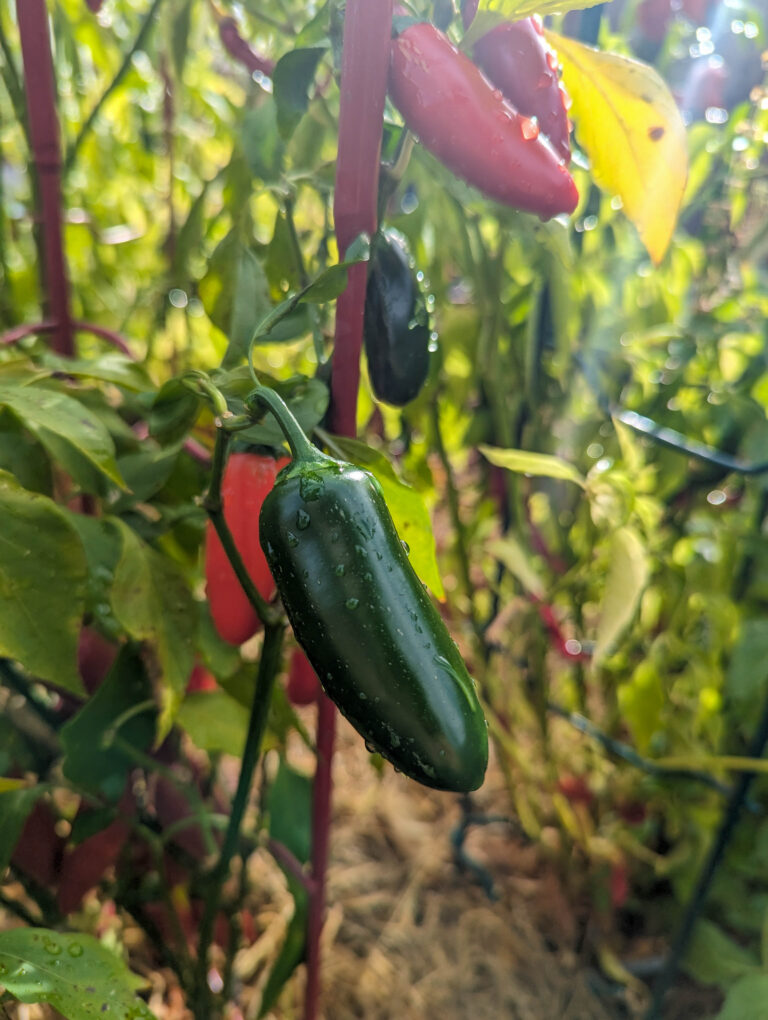
How to Guide for Starting Jalapeno Seeds Indoors
How to Guide for Starting Jalapeno Seeds Indoors Starting Jalapeno Seeds Indoors: A Step-By-Step Guide Starting jalapeno seeds indoors is a rewarding experience that lets you grow vibrant, spicy peppers from the very beginning. Watching those tiny seeds transform into productive jalapeno plants brings satisfaction, especially for anyone passionate about home gardening. Starting seeds indoors…
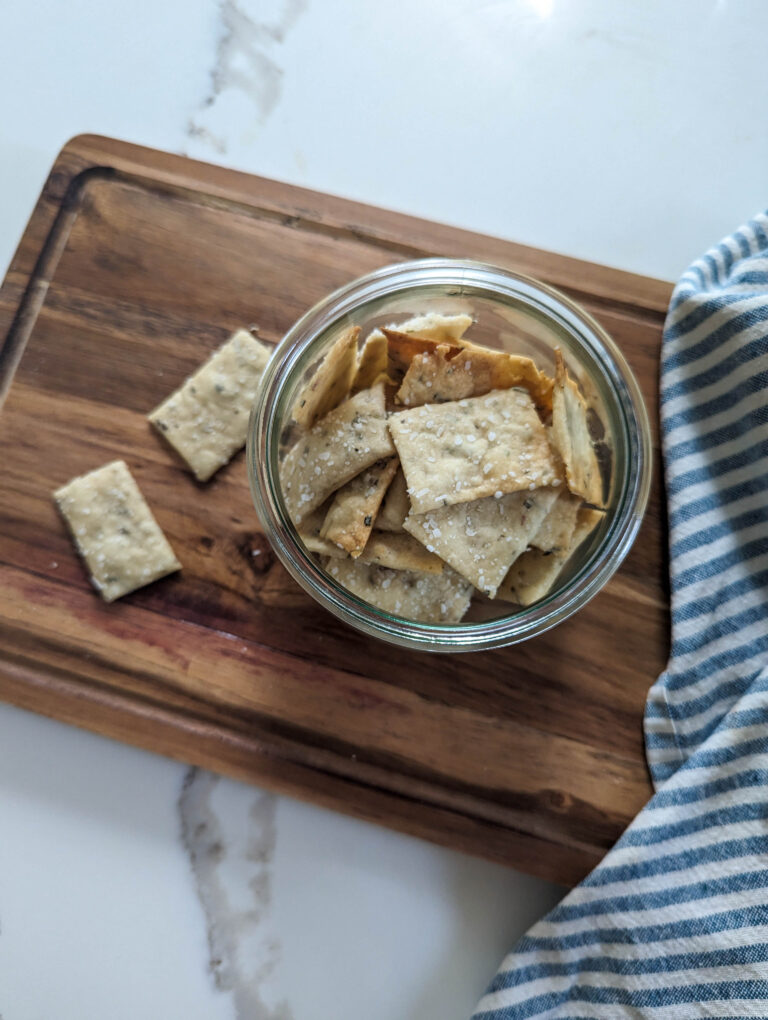
Easy Discard Sourdough Herb Crackers Recipe
Easy Discard Sourdough Herb Crackers Recipe Discard Sourdough Herb Crackers Sourdough herb crackers are a crunchy, delicious way to use up sourdough discard. If you bake sourdough bread, you know how much starter can be left over. Instead of wasting it, why not make something tasty? These herb crackers are the perfect way to put…
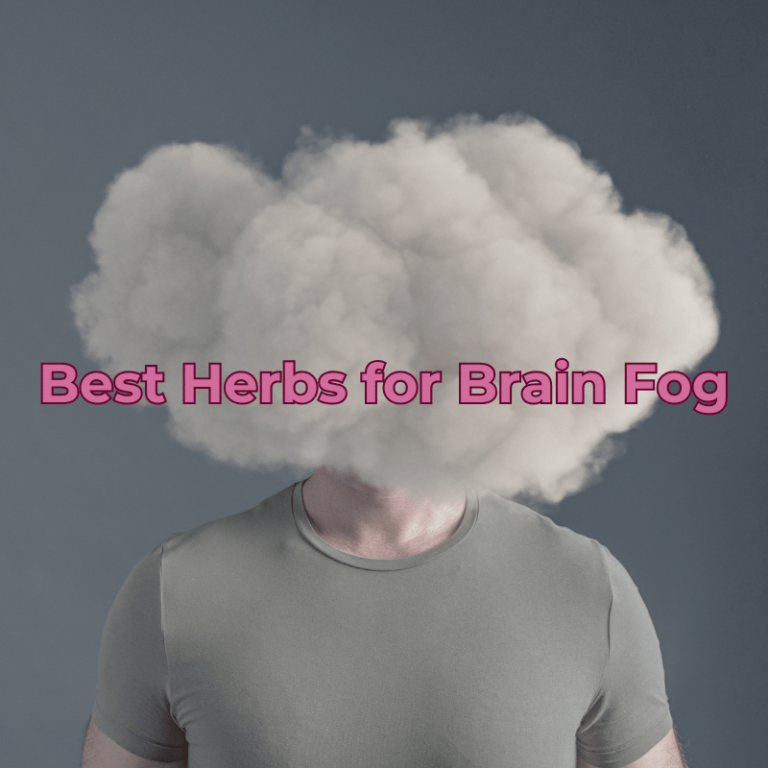
The Best Herbs for Brain Fog: Top Natural Remedies
The Best Herbs for Brain Fog: Top Natural Remedies The best herbs for brain fog can help improve cognitive function, mental clarity, and overall brain performance. Brain fog is a common issue that many people experience, often characterized by lack of focus, mental fatigue, and memory loss. It can make daily tasks difficult, leading to…

Best Books on Natural Birth: A RN’s Recommendations
Best Books on Natural Birth: A RN’s Recommendations The purpose of this blog post is to share a carefully curated list of the best books on natural birth. Whether you are considering an unmedicated birth in a hospital setting, planning a home birth, or just want to understand the nuances of a female-centered midwifery model…
